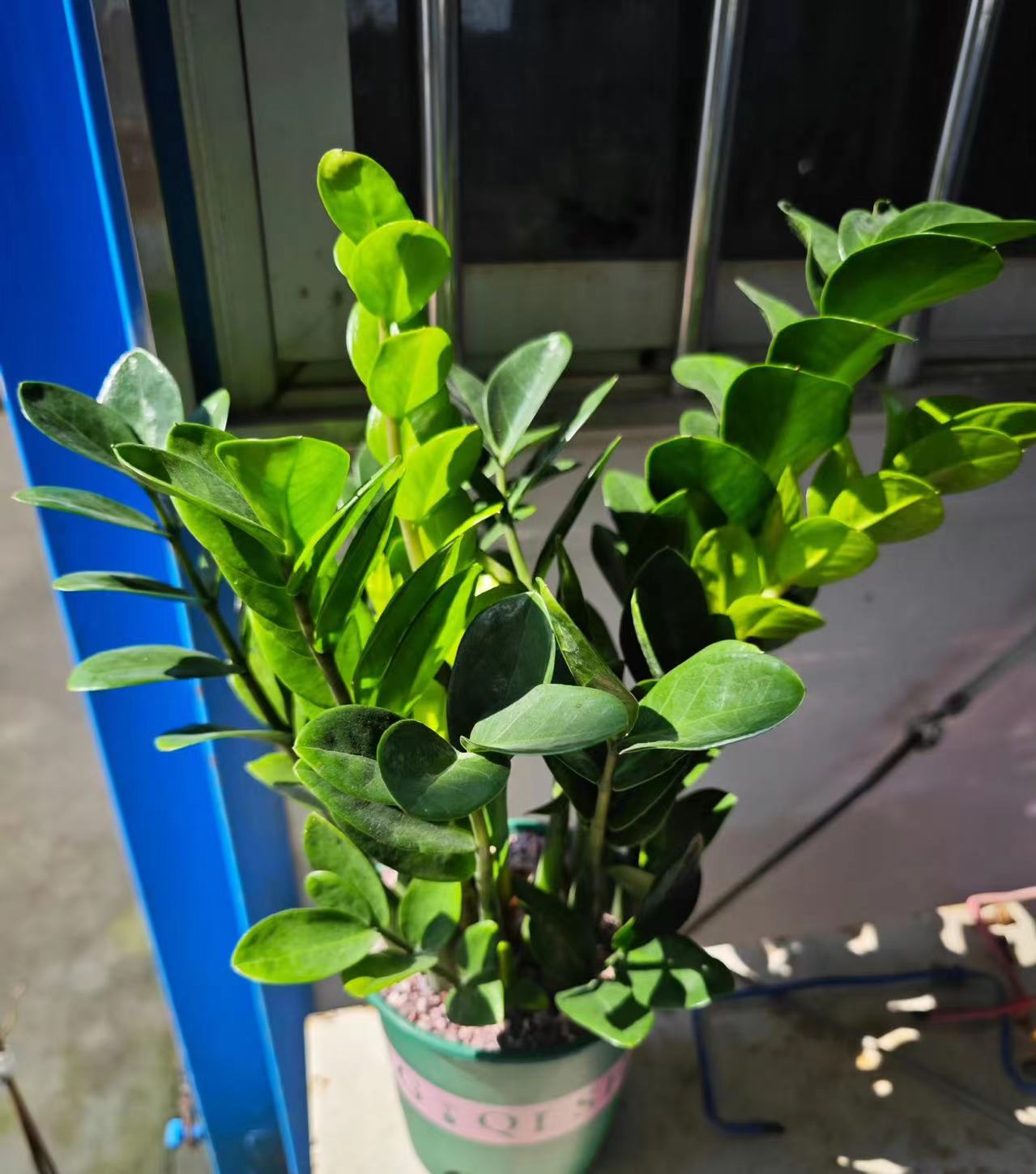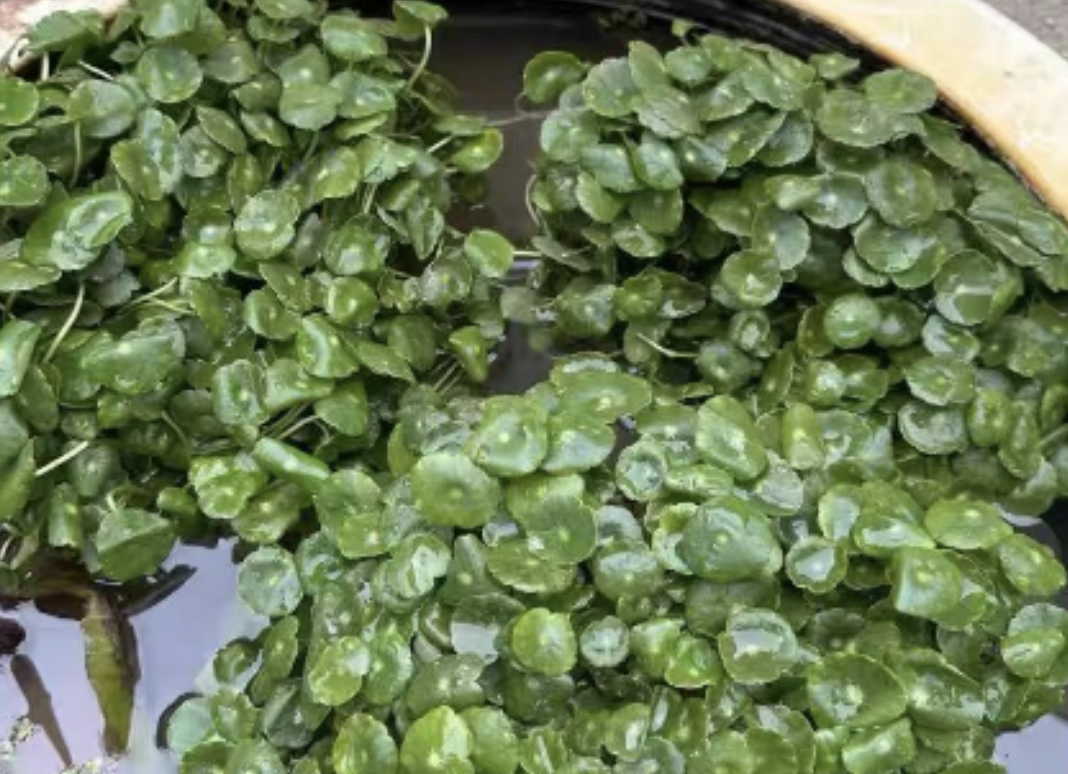In the fields of horticulture and botany, there is a widely spread proverb: "Dry conditions promote root growth, while wet conditions promote leaf growth." This concise yet profound saying reveals a fundamental law in the process of plant growth and also leads to the important concept of the "dry-wet cycle".
"Dry conditions promote root growth" means that under moderately dry soil conditions, plants are more inclined to develop their root systems. The principle behind this phenomenon lies in the adaptability and survival strategies of plants to the environment. When there is insufficient soil moisture, in order to find more water sources to maintain life activities, plants will accelerate the growth of their root systems and extend deeper into the soil or over a wider range to enhance their water absorption capacity. This process not only enhances the drought resistance of plants but also promotes the optimization of root structure, laying a solid foundation for the subsequent growth of plants.
In contrast, "wet conditions promote leaf growth" describes the vigorous growth of plant leaves when there is sufficient soil moisture. With an abundant supply of water, plants do not need to overly rely on their root systems to search for water sources far away. Therefore, they can invest more energy and nutrients into leaf growth. As the main organ for photosynthesis in plants, the increase in leaf area and quantity directly improves the photosynthetic efficiency of plants and promotes the overall growth and development of plants. At the same time, lush leaves also enhance the transpiration of plants, helping to regulate the water balance and temperature control within plants.
The "dry-wet cycle" refers to the process of alternating changes between dry and wet in the soil. This cycle has multiple positive effects on plant growth:
Promote root development: As mentioned earlier, the effect of "dry conditions promote root growth" prompts plants to develop a powerful root system during dry periods. When the soil becomes wet again, these developed root systems can quickly absorb and store a large amount of water and nutrients, providing sufficient power for the subsequent growth of plants.
Improve stress resistance: The dry-wet cycle exercises the stress resistance ability of plants. In the repeated alternation of drought and wetness, plants learn how to use limited water resources more effectively and develop a series of adaptation mechanisms to cope with unfavorable environmental conditions. This adaptability is crucial for the survival of plants in the wild environment.
Optimize resource allocation: The dry-wet cycle also promotes the rational allocation of resources within plants. During dry periods, plants prioritize ensuring root growth; while during wet periods, they focus on leaf expansion and the improvement of photosynthesis. This ability to flexibly adjust growth strategies according to environmental conditions is the key for plants to efficiently use resources.
Improve soil structure: Long-term dry-wet cycles help improve the physical and chemical properties of the soil. The shrinkage and cracking of the soil during the drying process help increase soil aeration; while the rearrangement of soil particles during wetting promotes the stability and optimization of soil structure. This improvement in soil structure provides more favorable conditions for the growth of plant roots.
"Dry conditions promote root growth, while wet conditions promote leaf growth" not only reveals a fundamental law in the process of plant growth but also leads to the important concept of the "dry-wet cycle". By simulating the alternating conditions of dry and wet in nature, we can manage the growth environment of plants more scientifically and promote the healthy growth and development of plants.
What is the dry-wet cycle?

Share with
Tagged in :




Leave a Reply